Liron Israely: A Journey to Biodynamics in the Holy Land
adapting biodynamics to the middle east
A long, circuitous journey brought me to biodynamics and the work of Rudolf Steiner. It really began with my ex-wife. My wife at the time was a second-generation anthroposophist. She is the eldest of four sisters who grew up in Waldorf education.
My interest in anthroposophy and Waldorf education grew out of my connection with her family. When we were about to have our son, we both seriously took up the question of what it meant to accompany a child as we discussed how we would be with him. And so I found myself learning the “ways” of Waldorf through the reality of having a family and not via books or seminars.
Furthermore, through my wife’s family, I got to know biodynamic farmers in Germany. Also, at the time, I was an organic farmer in Israel. You might say that working with the earth was already a part of me.
When I first began this journey, biodynamics was practiced nowhere in Israel. I asked myself how that could be. This question started my exploration on the organic farm where I worked, and that inquiry has grown over the years.
I attribute some of this interest to my own family line as well, particularly to my grandfather, Tzvi Israely (which literally means Israelian gazelle), who originally came from Poland and grew up not far from Koberwitz. When my grandfather came to Israel, he set up a kibbutz, the agricultural community where my father then grew up. Myself, a third-generation participant in that kibbutz, I feel that solidarity farming is very much engraved in me.
My grandfather was the first to introduce me to farming. He was responsible for the irrigation system used in the orchards on the kibbutz and would take me along with him when he went to check on the trees.
Learning To Grow Biodynamically
Life set me on a path that allowed me to study biodynamics through karmic encounters, not through traditional schooling. It began when I was an organic farmer in 2011 in the northern coastal region of Israel. A four-person study group was formed in Harduf with an anthroposophy teacher. As it had no requirements to apply what we learned, I took the liberty to develop my own practice on the farm.
I worked with Maria Thun’s planting calendar while I was in charge of the seeding for the farm. I ordered the biodynamic preparations from the UK to get acquainted with them. I was desperately searching for an opportunity to get deeper understanding of the process of making the biodynamic preparations, and I was fortunate enough to receive Briony Young's invitation for a “prep making week” at Tablehurst Farm in the UK. When writing to her about the situation in Israel, she replied with: “come stay put,” and took me on as an apprentice for prep making.
When working with Briony, I also came to know that she made biodynamic preparations for the UK Biodynamic Association and the Indian Biodynamic Association. I became Briony’s apprentice in 2014. I traveled to the UK and worked intimately with her for a week-long intensive. The following year I accompanied her in India as part of the biodynamic training of BhaiKaka Krishi Kendra – preparation making work and consultation. This learning – an encounter via the fortunate influence of karma – developed in me an understanding of biodynamics born out of practical life. Over the years, I found myself collecting more and more such experiences in the world and then implementing them in Israel.
I also met numerous inspirational people who widened my biodyamic perspectives and practice. I have studied in person with Roland Ulrich (Germany), Dominique Massenot (France), Vincent Masson ( France), Bridgette Olsen (Italy), Bruno Follador (Brazil), Jean-Michel Florin (France) and, remotely, with Denis Klocek (United States), and Glen Atkinson (New Zealand).
Difficulties and Inspirations
Since those beginning days of curiosity, I've been pioneering the biodynamic movement in Israel from scratch. I needed to discover how to make the preparations here in Israel because Briony could not come here, and there was nobody in Israel who could demonstrate how to make them in this country. No one could answer my questions: where do you get horns? Where do you get the other sheaths?
Mine has been a decade-long journey. Step by step, I found ways to acquire what was needed and ended up improving the practice with every cycle of preparation making. My experience has been, and still is, something of a living lab.
As you can imagine, everything has been an effort and remains so. But it has not been without success. We now produce preparations on a commercial scale. Last fall, for example, we buried about 300 horns. To achieve this took a long journey of search until I eventually found a small-scale animal grower who raises and slaughters his own cows. Once we established a good relationship, he began showing me the different colors and shades of the animal’s inner organs. He would say, “this one ate a lot of this plant; this one did not.”
Developing a long years relationship with him allowed me to harvest the internal sheaths and horns. A relationship with an organic farmer who can supply biodynamic sheaths is very difficult to find in the overwhelmingly industrialized agriculture of Israel, with hardly any diversified farm organisms.
I also had to determine where and how to grow the biodynamic preparation herbs. In the early years, before establishing the relationship with the small-scale livestock farm, I ordered the sheaths from Briony in the UK. I also bought the herbs from a local organic herb grower, and then integrated them together for preparation making.
It took quite a long time to be able to bring to Israel all the seeds for the biodynamic herbs. Eventually, with the help of the Ifat grant, we developed a biodynamic herb nursery where today we can supply all the biodynamic plants to whomever wants to work with the preparations.
Getting fresh cow heads also has been a challenge. While I was working with Briony, Tablehurst Farm had everything a preparation maker needed on-site. I saw the importance of the brain membrane in the fresh skull — the meninges — but I couldn't source them in Israel. Here there were only desiccated skulls. We now have fresh cow heads from the slaughterhouse, but cleaning them remains a challenge, as I do it myself.
After reading all this, someone might say, “Wow! He's been making preparations for 10 years!” But, really, ten years means we’ve only made them 10 times. It is still a living journey of learning.
I’ve also been challenged working with the preparations for our particular region. I’ve largely been following Peter Proctor’s indications for the Mediterranean region. Proctor said to bury the preparations in the soil when the real rains start in November and unearth them when the earth is drying out around April. We are working to understand when exactly in April to remove the preparations and, again, how to notice when key changes occur.
In order to continue to learn about biodynamics, I have been traveling to many other places also. I went to Italy and France to see how others in the Mediterranean region made their preparations. When I also realized that chromatography could help, I studied that too: first in India and later with Roland Ulrich from Germany. The result is that I now have my own chromatography lab.
After doing intensive chromatography on soil to which the preparations have been applied, I’m now testing the preparations themselves, because they are much more sensitive. Considerably more fine-tuning is needed for good chromatography. In a way, chromatography is my next best step to better understand the preparations and to have another tool to assist the farm organism.
During these developmental years, I have worked from the south – the hyper desert of Israel – up to a rainy north, testing different soils influenced by different agricultural practices to calibrate my own understanding of how chromatography works and what it represents. Among other areas, we tested the soil from the pit where we bury our horn manure. To come closer to understanding the preparations, I said, “Well, yes, let's check the soil that has been changed by the preparation in this very intensive way.”
End of Part 1
Like what you see? Sign up to read more!





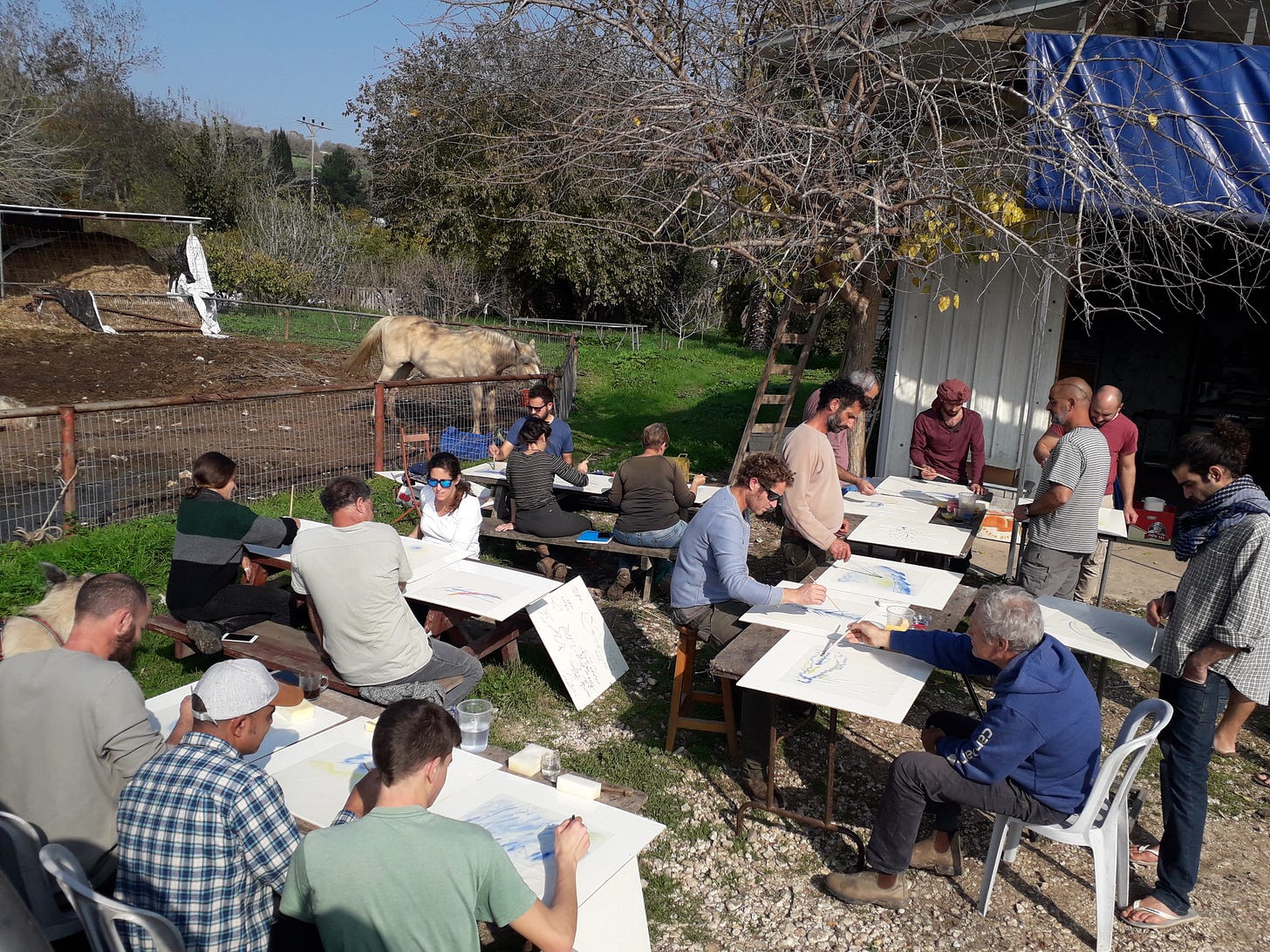
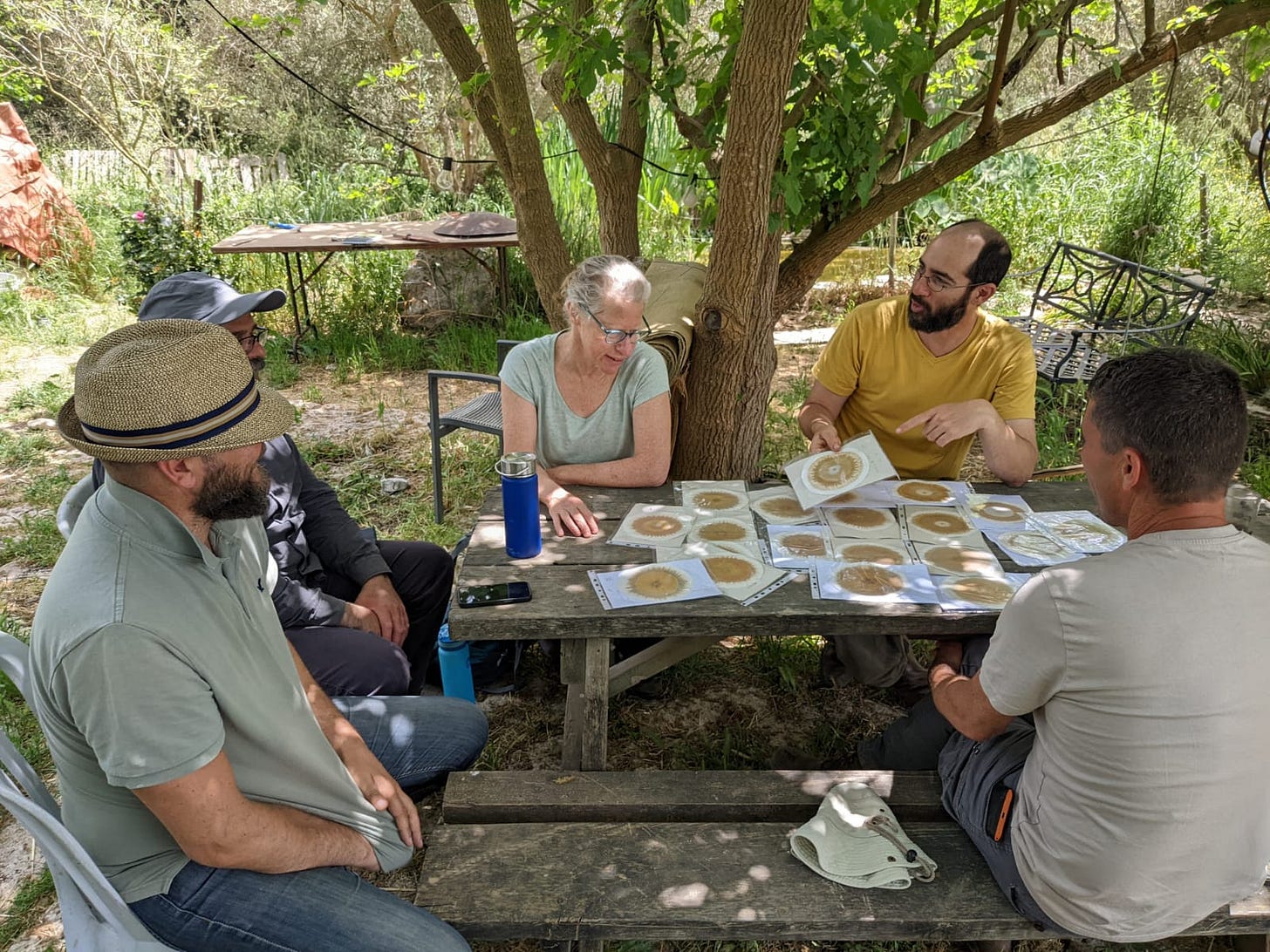
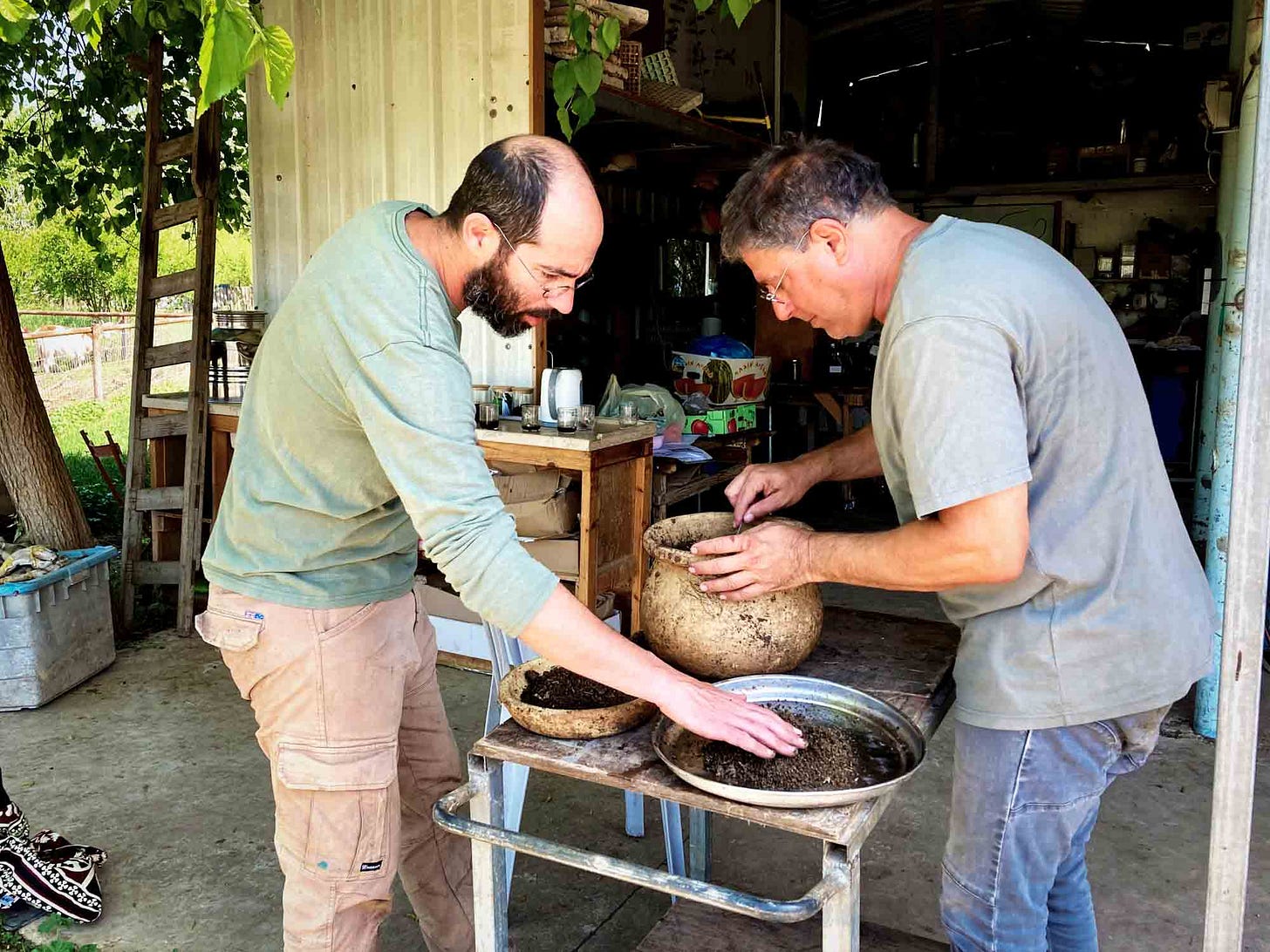
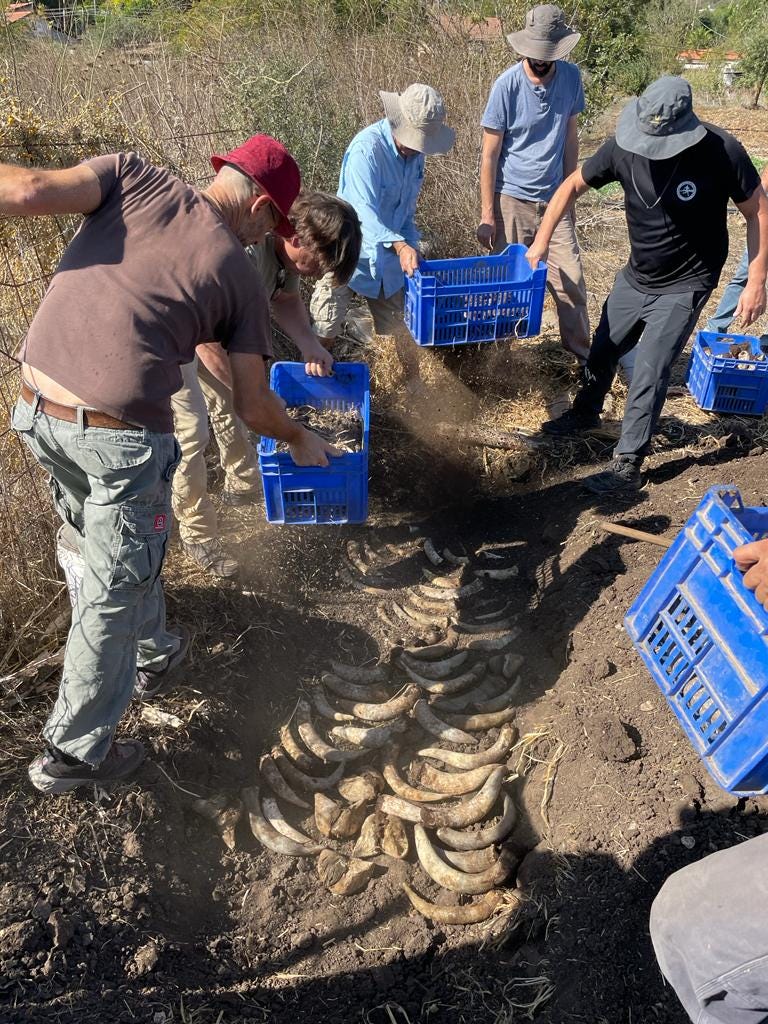

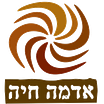
Great read. Thank you for sharing.
I’m inspired by this man’s quest searching for answers. Some questions I have:
Doesn’t Israel have a sandy soil, with little humus? How does Anthroposophy mesh with Orthodox Judaism?
Thank you so much for sharing this journey.